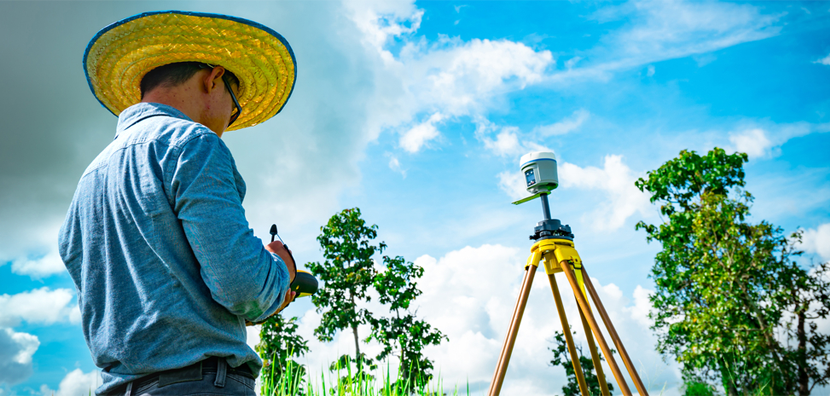What Lies Below the Surface With the Help Of Crosshole, Downhole or Uphole Survey in Delhi
A crosshole downhole or uphole survey is a drilling procedure used to measure the subsurface conditions of an area. The survey is conducted by lowering a drill bit into the hole and then recording the data as the drill moves through the hole.
A crosshole downhole or uphole survey is a technique used to map the underground configuration of a particular area. Crosshole, downhole or uphole survey in Delhi is performed by drilling a hole in the ground and lowering a camera or other instrument into the hole to take pictures or measure information.
Crosshole surveys are a type of seismic survey in which a cable is lowered into a well or crosshole and pulled up to the surface. The data collected by the crosshole downhole or uphole survey in Delhi can be used to map out the subsurface structure and determine the size and location of wells. Uphole surveys use a similar technique, except that the cable is pulled up from below.
A crosshole downhole or uphole survey is a type of subsurface investigation that uses a drill to make a series of vertical or horizontal holes in the ground. The holes are then filled with liquid or air and surveyed for signs of oil, gas, or other minerals.
Crosshole downhole or uphole survey in Delhi is a common method of obtaining subsurface information in areas that are difficult to access, such as around deep mines. The survey is conducted by drilling a hole into the ground, then lowering a camera or probe into the hole.
Crosshole downhole or uphole surveys are used to determine the shape and size of subsurface pockets of gas and oil. This information is important for both exploration and production companies. Crosshole downhole or uphole survey in Delhi uses a camera and a drill bit to create a cross-section of the subsurface.
Crosshole downhole or uphole surveys are a type of subsurface exploration in which a hole is drilled into the earth's surface and then a camera is lowered into the hole to take pictures or video. The crosshole downhole survey is typically conducted on an inclined plane, while the uphole survey is conducted on a vertical plane.
A crosshole or uphole survey is a method used to collect data from a subsurface hole. Downhole surveys use a drill bit to descend into the hole, while uphole surveys use a probe to rise up and map the surface. The uphole downhole or crosshole survey in Delhi is more common, as it is less expensive and easier to conduct.
A crosshole or downhole survey is a method used to collect information about the subsurface of an area. It is also known as an uphole survey. The surveyor inserts a probe into the ground and takes readings as he or she moves around the hole.
Downhole surveys are typically employed to collect subsurface data, such as water levels and gas concentrations. Uphole downhole or crosshole survey in Delhi is often used to collect surface information, such as land elevation and boundaries.
Crosshole downhole or uphole surveys are a type of subsurface exploration used in groundwater investigations. They involve lowering a probe into the ground through a cross hole, then retrieving the probe and recording data as the hole continues to descend. Crosshole surveys can be used to map the geometry and distribution of groundwater resources, as well as assess aquifer quality.
Crosshole Downhole or Uphole Surveys are used to collect data from subsurface layers in a land area. In a cross hole survey, a hole is drilled into the ground and then multiple probes are inserted into the hole at different depths. Data is collected from these probes using a downhole surveying instrument. An uphole survey uses a tripod-mounted surveying instrument that is lowered into the ground by means of an incline.





Comments
Post a Comment